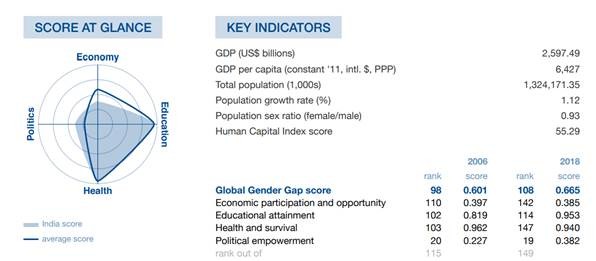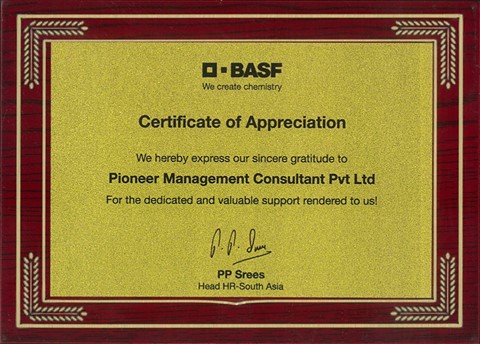While some believe that diversity in the workplace is as simple as meeting the required quotas for employee race and gender, it’s much, much more than that.
What True Diversity in the Workplace Means
Diversity in the work environment promotes acceptance, respect, and teamwork despite differences in race, age, gender, native language, political beliefs, religion, sexual orientation, or communication styles among employees.
Benefits Of Having A More Diverse Workplace
There are many benefits to having a more diverse workplace. Process and product innovation results from having employees from a wide variety of demographics and backgrounds. When different minds come together to achieve a common goal, the result can be monumental. In fact, it has been reported that companies that practice diversity and inclusion in the workplace outperform other non-diverse companies by 15 percent.
7 Biggest Diversity Issues in The Workplace
Embracing a diverse workforce has emerged as a top priority for leaders. It has evolved from being a mere legal imperative to becoming indispensable for business. Diversity has evolved from being a mere legal imperative to becoming indispensable for business. However, the challenge of moving beyond diversity to inclusion persists
1. Acceptance and Respect
A fundamental value that contributes to a successfully diversified workplace is respect among workers and employees. When there is a lack of acceptance of the diverse culture and beliefs among employees, conflicts may arise. Acceptance fosters mutual respect and prevents conflicts from arising. Diversity training will help employees understand, accept, and respect each’s other’s differences.
2. Accommodation of Beliefs
Diversity in cultural, spiritual, and political beliefs can sometimes pose a challenge in a diverse workplace. Employees need to be reminded that they shouldn’t impose their beliefs on others to prevent spats and disputes.
3. Ethnic and Cultural Differences
Sadly, issues from ethnic and cultural differences are still present in the workplace. There are still some individuals who hold prejudice against people who have different ethnic, cultural, and religious backgrounds as their own. This prejudice and discrimination should never be tolerated in the workplace (or anywhere else). Cultural sensitivities training and diversity awareness programs in the workplace can help address this issue.
4. Gender Equality at the workplace is yet to go mainstream

A panel of seasoned entrepreneurs, corporates and an investor, took a deep-dive into the issues of women empowerment in the workplace at Fortune India Most Powerful Women summit. According to a 2017 World Bank report India ranked 120 out of 131 countries when it came to female participation in the workforce.
Sabbaticals work differently for men and women. Marriage and motherhood can almost be a certain death knell for a woman’s career.
According to a recent survey, 40% of people believe that both men and women will hire men over women. This is supported by another study that shows that men are 30% more likely to be promoted to a managerial position than women. Additionally, men earn an approximately 24.1% higher base pay than women. #GenderPay Gap
5. Physical and Mental Disabilities
Often, disabled employees have a difficult time navigating through their workplace because proper accommodations as simple as wheelchair ramps are not available. Some special needs employees also have service dogs, and some office buildings don’t allow them inside. Make arrangements for service dogs to be permitted in your place of work.
Have procedures in place for people with physical or mental disabilities. Some companies have a “quiet room” so that when employees start to feel anxious, they can use that room to ease their anxiety.
6. Generation Gaps
By 2025, millennials will make up 75% of the workforce, and they are changing the work culture. Employees from other generations may have difficulties adapting to changes in the workplace and the work culture that the younger generation are bringing about. In larger corporations, there are more diversified age groups, from teenagers to senior citizens. As a result, cliques and social circles may be formed, and some workers may be isolated from the team.
7. Language and Communication
Language and communication barriers are ever-present in companies with a diverse workforce.
Many research studies have suggested that companies with more diverse workforce outperform companies with a homogeneous workforce. Embracing a diverse workforce has emerged as a top priority for leaders. It has evolved from being a mere legal imperative to becoming indispensable for business Make sure that your company works to increase diversity in the workplace right from the very beginning rather than just a lip-service. .
Sarla S
Pioneer Management Consultant Pvt Ltd
Tags : #diversityandinclusion #genderdiversity #paygap #runfordiversity #run4diversity #pmcpl
Credit Source : https://bit.ly/2LPXn4Y | https://bit.ly/2DN6wFT


.png)
Leave a comment